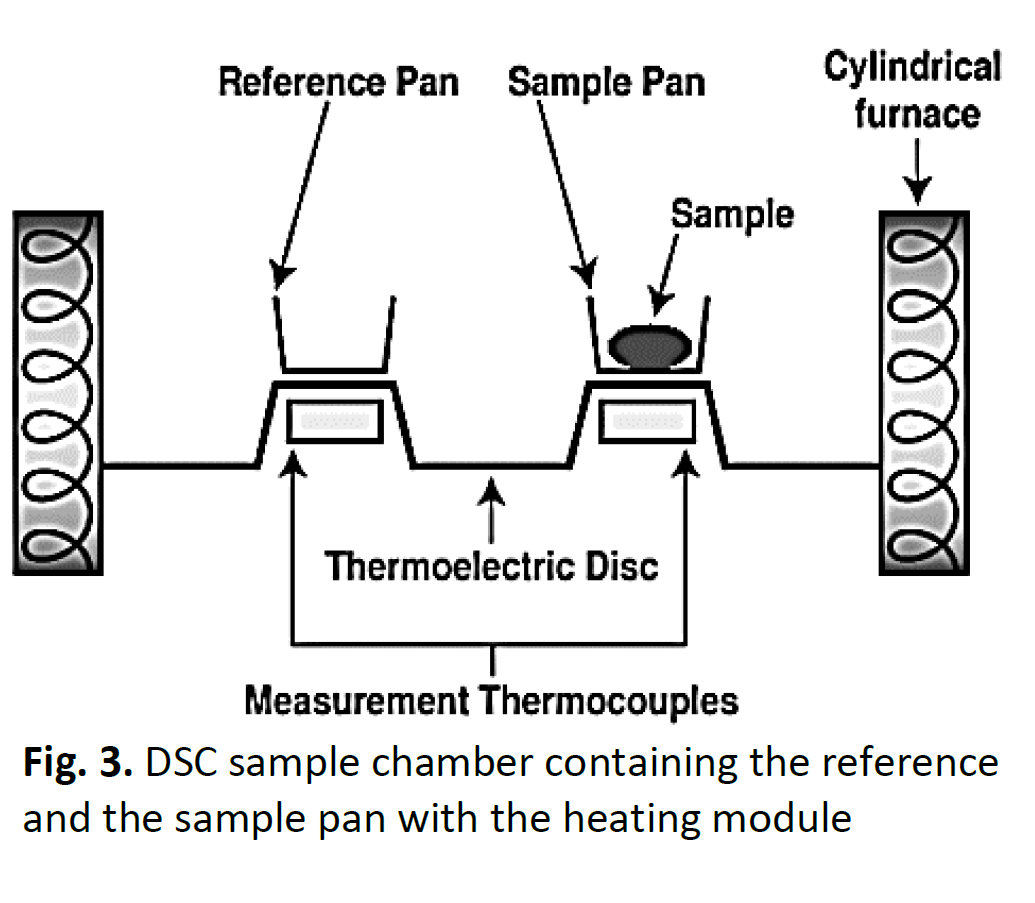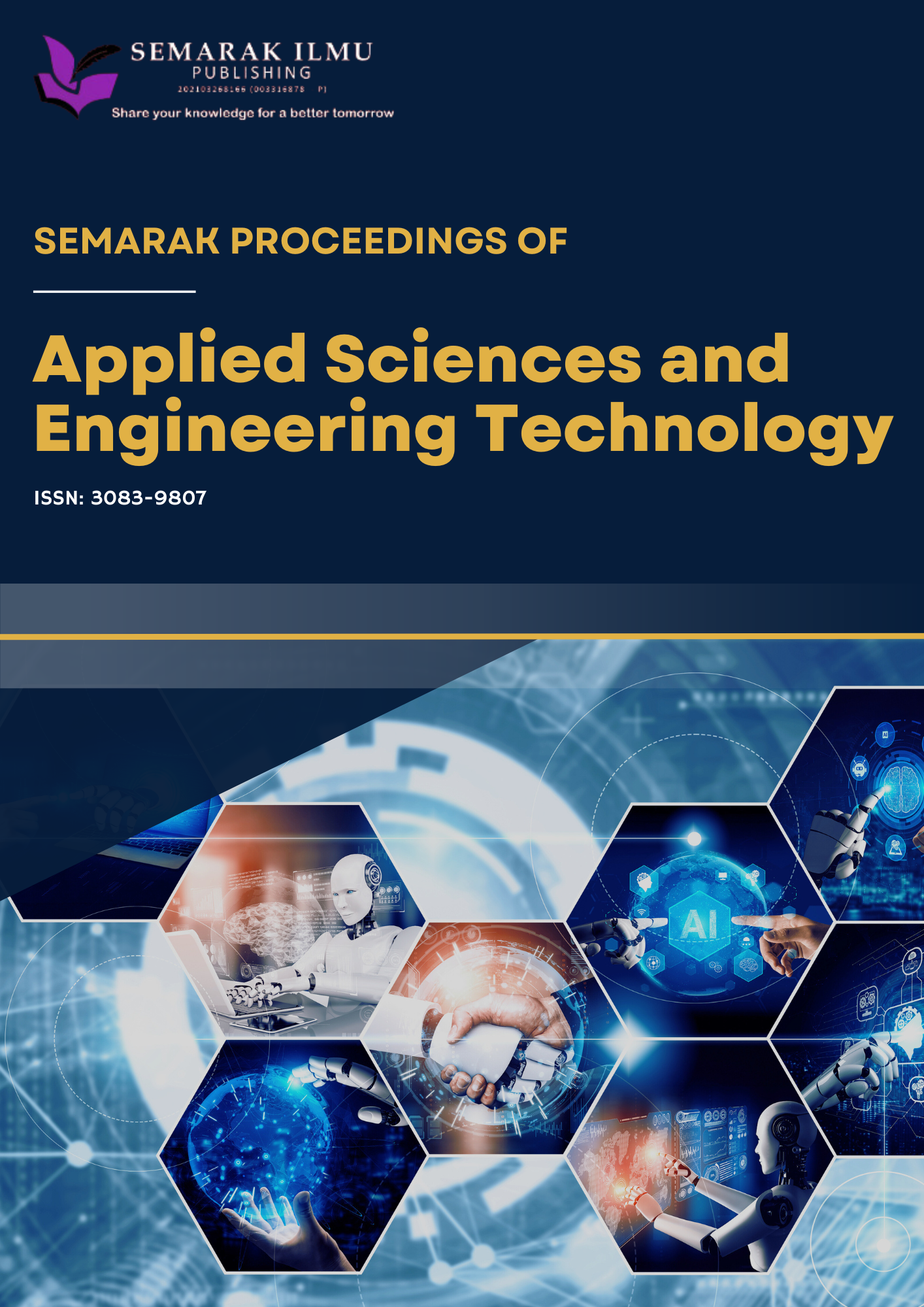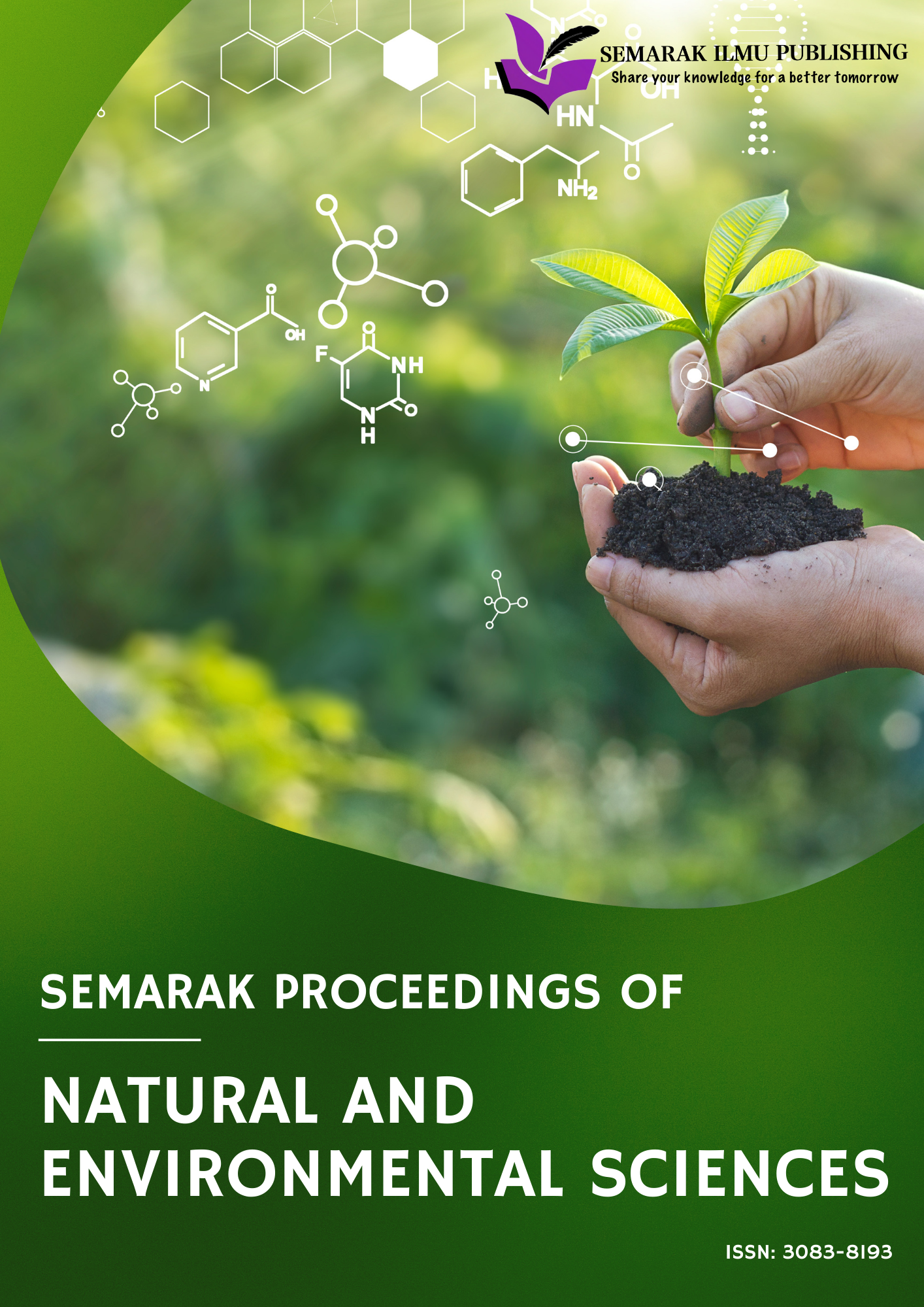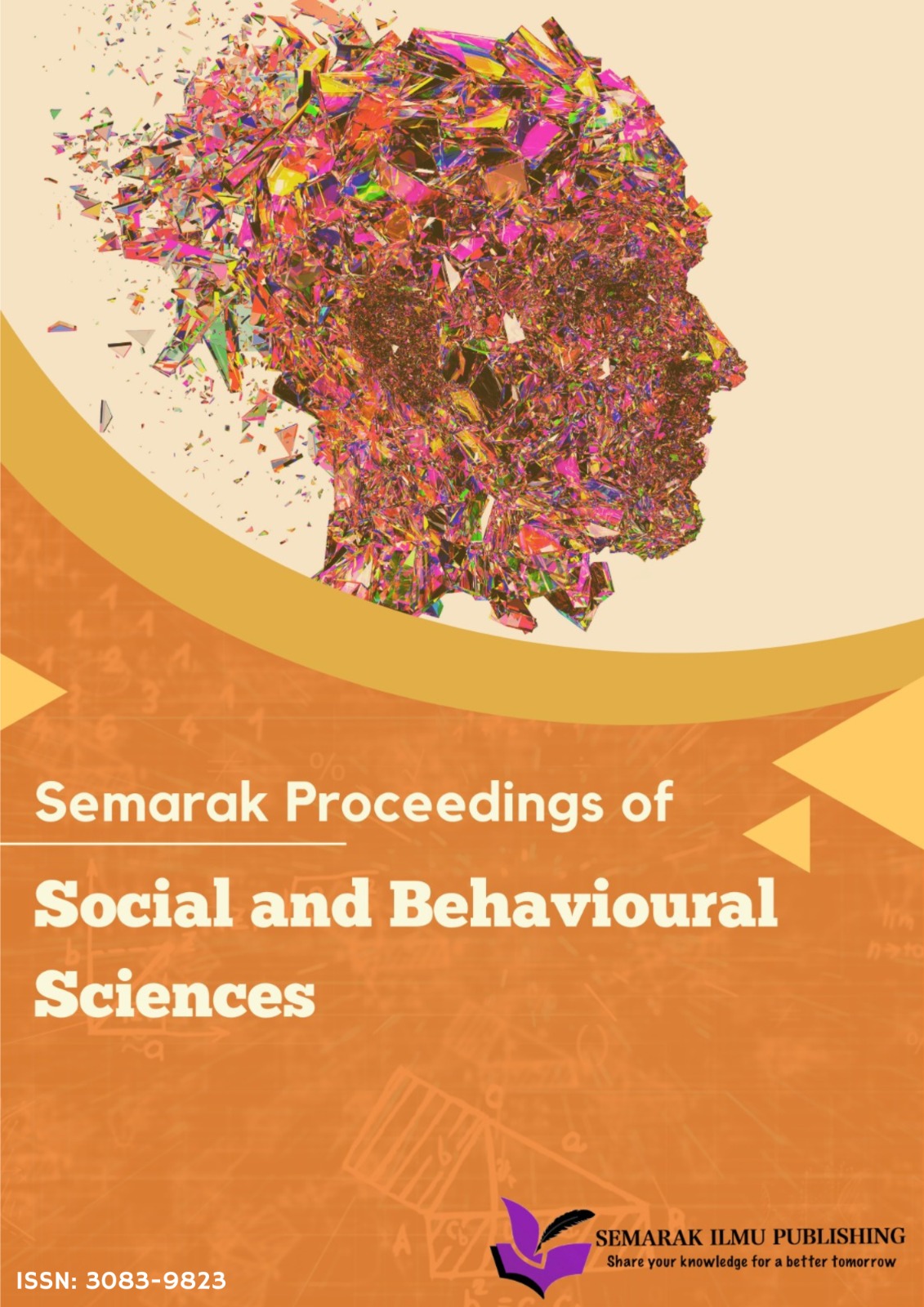The Role of First and Second Order Phase Transitions in MnCoGe-Based Compounds: Implications for Magnetic Refrigeration Technology
DOI:
https://doi.org/10.37934/spaset.1.1.8491aKeywords:
MnCoGe-based compounds, magnetocaloric effect, phase transitions, magnetic refrigeration, thermal hysteresisAbstract
This review presents a comprehensive analysis of MnCoGe-based compounds and their potential for magnetic refrigeration applications, focusing on the phase transitions and magnetocaloric properties of these materials. MnCoGe-based alloys exhibit both first and second-order phase transitions, with first-order transitions delivering large magnetic entropy changes (ΔSM) but also suffering from thermal hysteresis. Second-order transitions, though offering smaller entropy changes, provide improved thermal stability and reduced hysteresis, making them suitable for continuous operation. Compositional tuning, through the addition of elements such as Si, Al, and Fe, has been shown to optimize the magnetocaloric performance of these materials, particularly by tailoring the transition temperature to practical levels. Performance evaluation highlights the significant cooling capacities of MnCoGe-based compounds, indicating their potential for energy-efficient and environmentally friendly magnetic refrigeration systems. The paper concludes with recommendations for future research, emphasizing the need for further optimization of material properties and the development of scalable synthesis methods for industrial applications.









